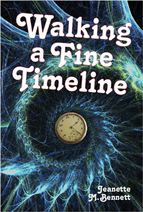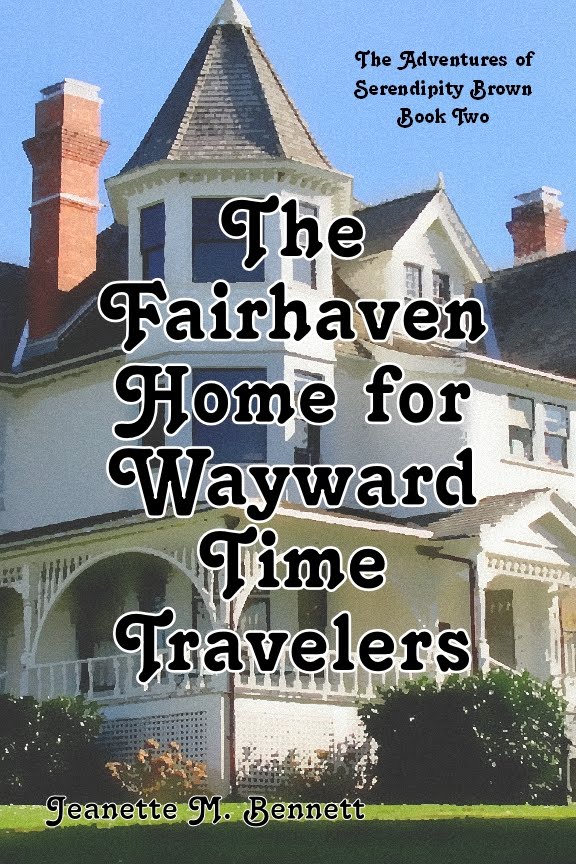 |
| William Brown Free Library and Museum |
Liverpool is full of wealthy men leaving their rare collections of books, paintings and objects to the city. Indeed it had become so extensive that the city couldn’t afford to make a facility large enough. That’s when William Brown came to the rescue. He laid the corner stone himself in the spring of 1857. Three and half years later the Library and Museum opened, free to the public.
 |
| Newspaper clipping of opening in 1860 |
Walking through the reading room I noticed not only the students I expected, but quite a few chaps that looked to be working class. This public library belongs to them as much as to the wealthy merchants. I also observed a section set aside just for the ladies. This might seem like segregation, but Victorian ladies are ill at ease sitting with strange men. Except for a bit of whispering, everyone is well behaved, whatever their social class.
 |
| Entrance Hall |
The greatest contributor to date though has been Joseph Mayer, a very successful goldsmith. He was quite the collector of Ancient and Medieval Art. There are numerous ceramic pieces, from Wedgewood’s ware to Vauxhall, Staffordshire and Liverpool pottery. Also among the collection are medieval manuscripts, ivories and enamels; Egyptian, Roman and Etruscan artifacts; as well as jewelry, clocks, watches, bronze medals and armour.
 |
| Kingston Brooch |
Mayer’s entire collection is appraised at $100,000--a fortune in this day and age. His treasures could fill a museum and indeed did. In 1852 Mayer opened a museum in Colquitt Street. His aim wasn’t to make money, but to show off his collection. After all, what good was it if he was the only one who got to admire it? He freely gave it all to the Liverpool Museum here at Brown’s library in 1867. His dream was for Liverpool to have a great museum like London's British Museum.
 |
| Egyptian Hall after Blitz |
Even in 1871 it is very impressive. Just don’t come on Tuesdays and Fridays because they close the museum for cleaning. That’s a lot of work for a custodian with a feather duster. (No janitor-bots in the Victorian Age, you know.) I came here when they opened at ten this morning and plan to stay until they close at ten tonight. So much to see.
 |
| Picton Reading Room (1879) |
 |
| College of Technology and Museum Extension (1901) |
Lord Derby's Natural History collection with additions
Video of dinosaur roaming future World Museum
(No children were eaten in the filming of this.)
free book: Liverpool’s Museum: First 150 Years
(takes a moment to download)
















